
Marine Life Microscopic Producers support food webs

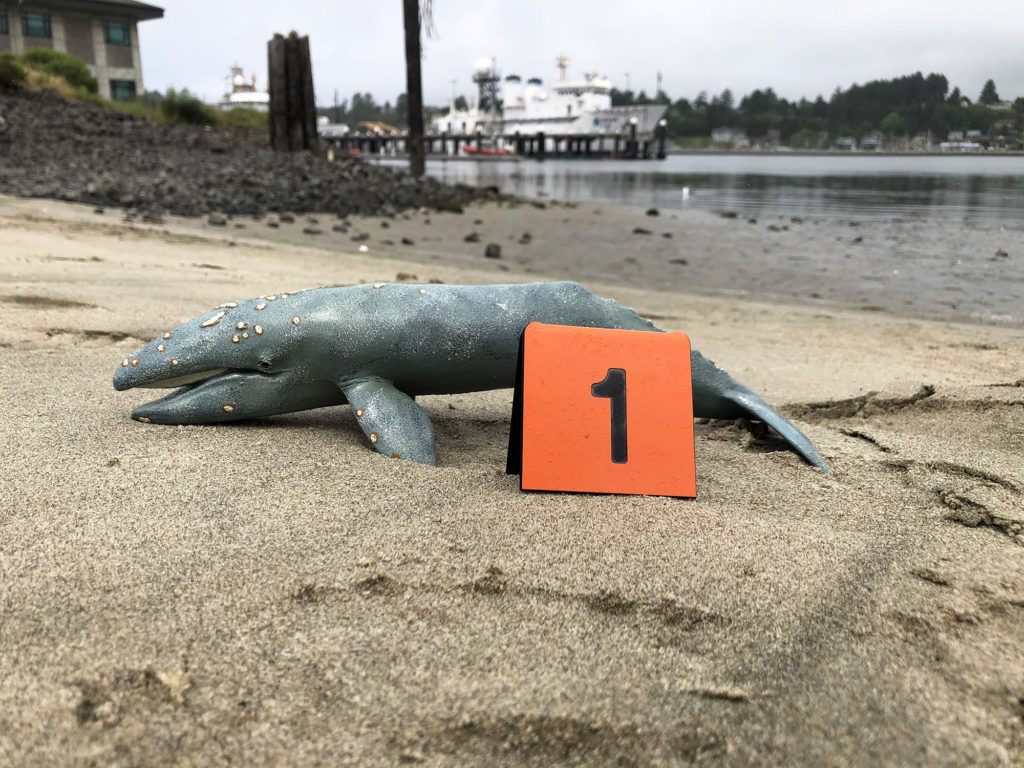
Marine Life Objectives
-
List the various ocean zones and describe the relationship between currents and nutrients.
-
Provide examples of marine plankton and macroscopic producers, and describe how changing ocean conditions may impact ocean organism.
-
Describe the diverse species classified as marine mammals.
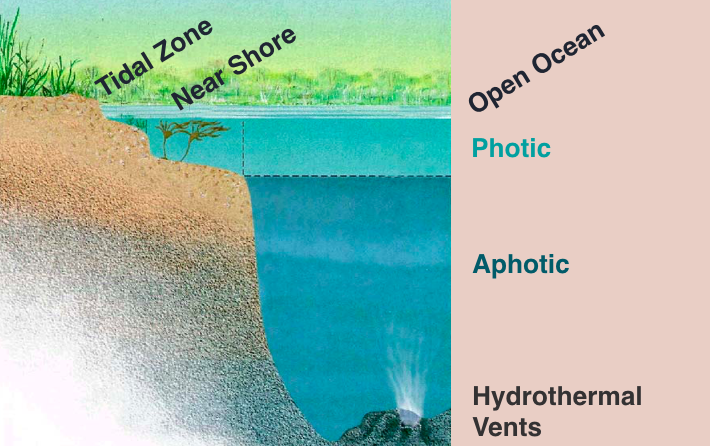
The oceans are primarily classified as “open ocean” which includes the sunlit photic zone and the dark aphotic zone. Hydrothermal events are located on the ocean zone deep within the aphotic zone.
Along shore, the tidal zone is underwater at high tide and exposed during low tide. The near shore area is shallow and sunlit, but always under water, unlike the tidal zone. Coral reefs and kelp forests are typically near shore. Tidal zones, coral reefs, and kelp forests are in next week’s resource.
In the open ocean, photoautotrophs are found in the photic zone. But there is a big potential problem:
Gravity.
Producers need nutrients, and nutrients would potentially settle to the ocean floor, far below most of the producers.
The problem is in part solved by surface currents keeping nutrients suspended near the water’s surface.
But some nutrients still sink.

Along continental coasts, upwelling currents that scour the ocean bottom can bring cool nutrient-rich water to the surface.
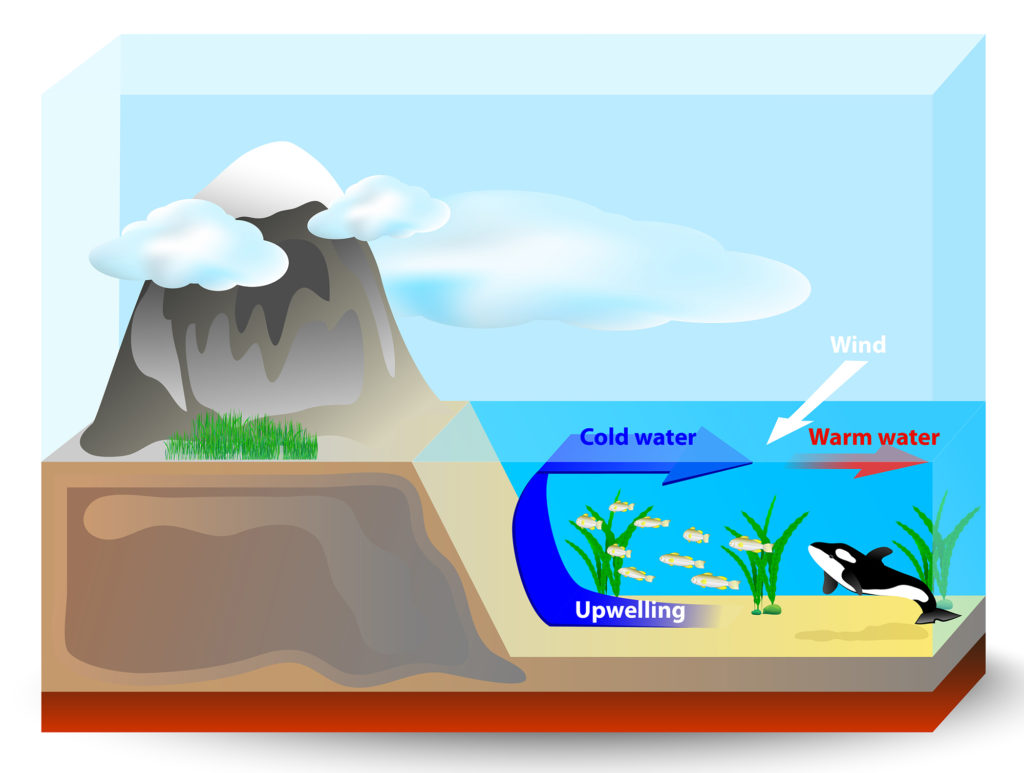
The nutrients brought to the surface by upwelling currents are critical for marine producers like algae and photosynthetic bacteria, which are food for higher trophic (feeding) levels.
Upwelling can change when air currents and ocean currents change. The mechanisms that alter currents are not well understood, but it is known that the reduction of upwelling during El Nino events is due to shifts in currents.

Our fisheries depend on a well-functioning food web to produce large fish or shellfish like crabs. An El Nino year can have a devastating impact on fish hauls. Why?
Hint: the fish do not directly consume nutrients, but what decreases if there are not enough nutrients, which would lead to less food for the fish?
Marine Food Webs
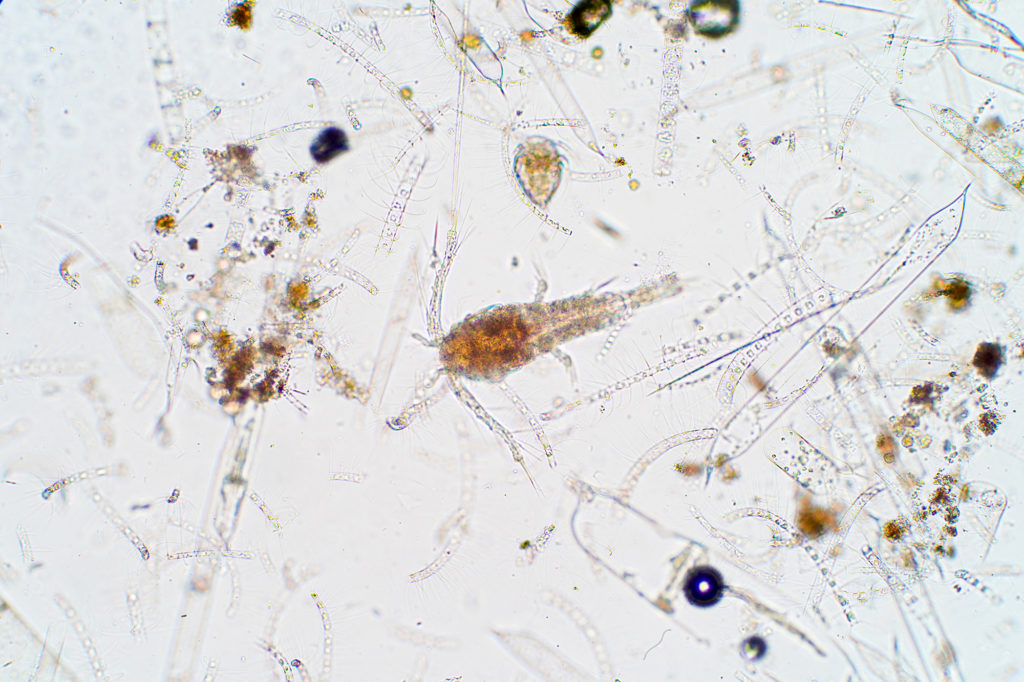
Most marine organisms are quite small and are carried around by water currents.
Plankton is the term used to refer to groups of organisms too small to swim against water currents.
The ocean has the same functional groups as terrestrial and freshwater ecosystems (producers, consumers, decomposers), but most of the organisms within these three groups are the tiny plankton.
Even the largest of marine organisms like whales are dependent directly or indirectly on plankton within food webs.

The primary producers of the ocean are microscopic phytoplankton, including protists like algae and diatoms.
The majority of marine consumers are planktonic, including protists and small animals.


Most decomposition is carried out by species of bacteria, enabling nutrients to cycle back to producers.
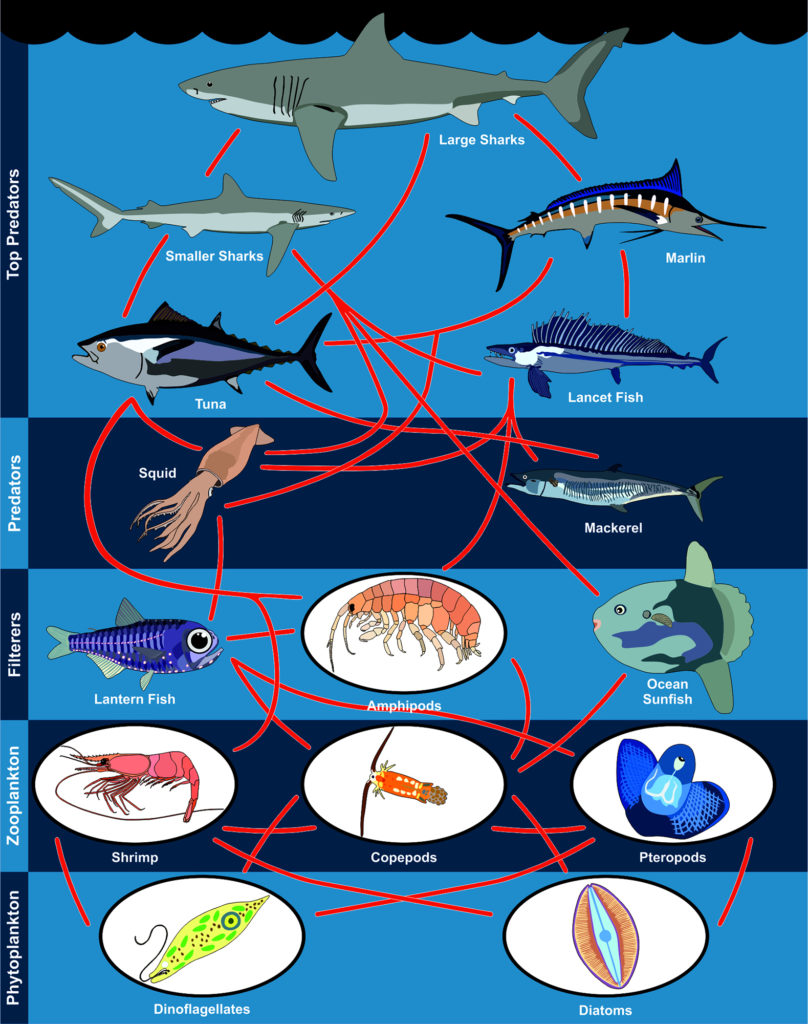
Massive numbers of phytoplankton are needed to support higher trophic (feeding) levels.
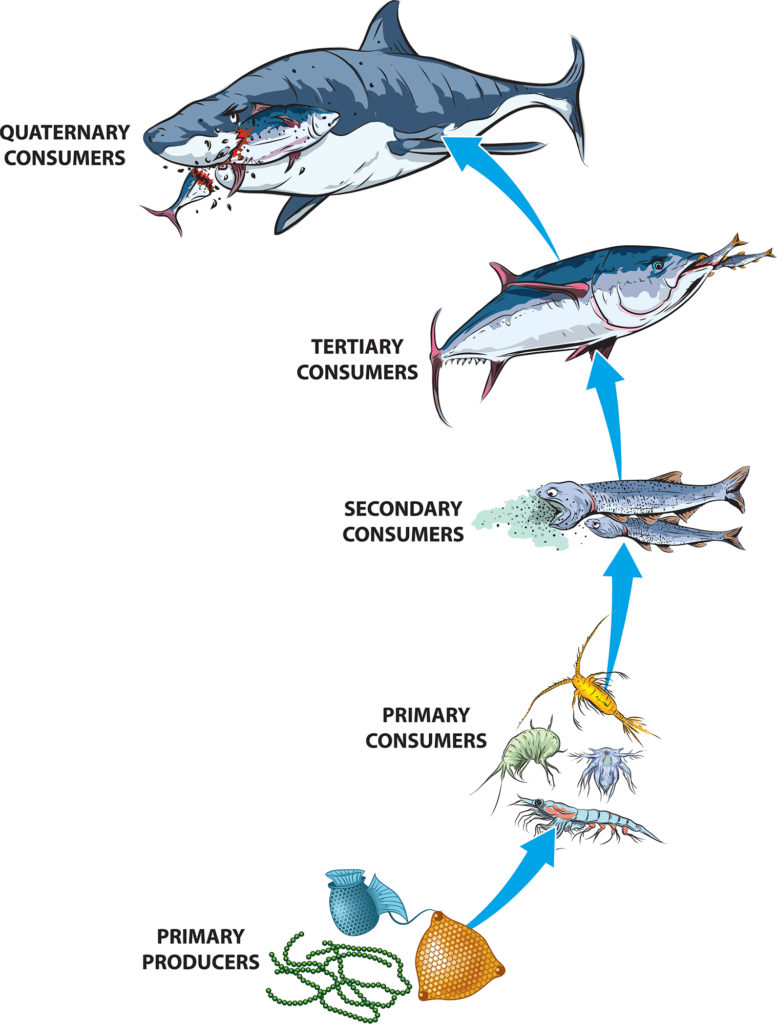
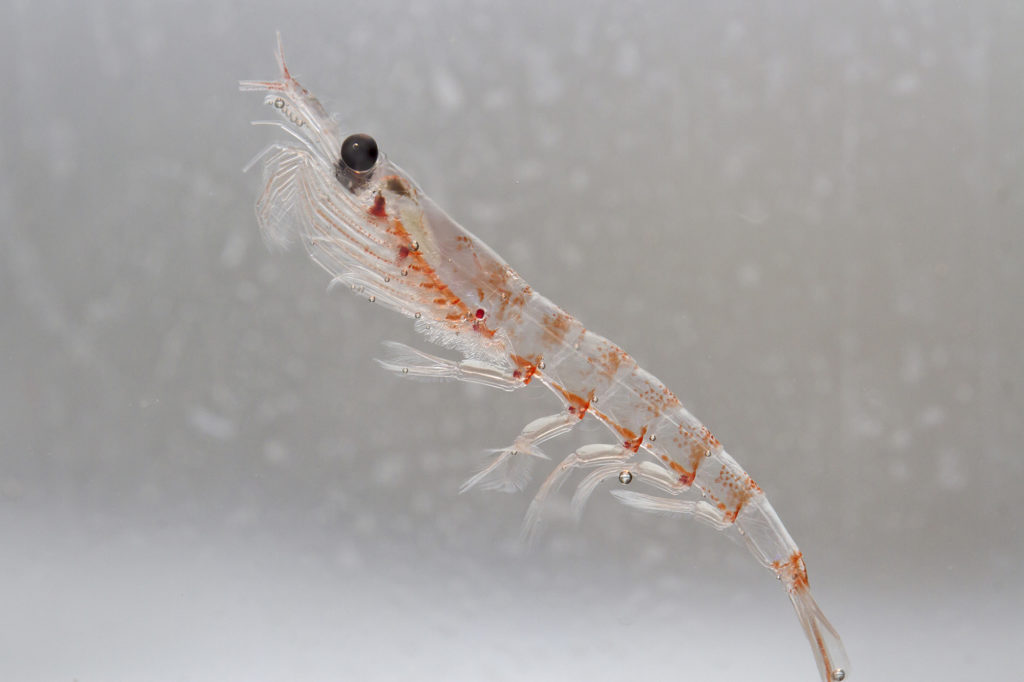
Fluctuations in phytoplankton can impact krill, and many consumers rely of krill as a primary food source.
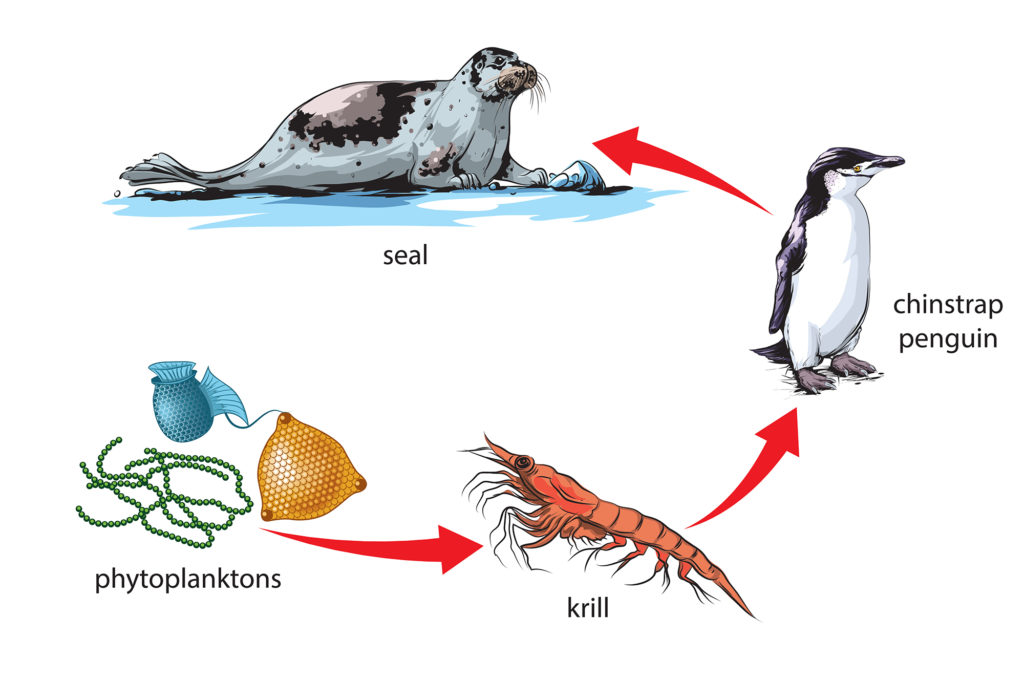
Protists
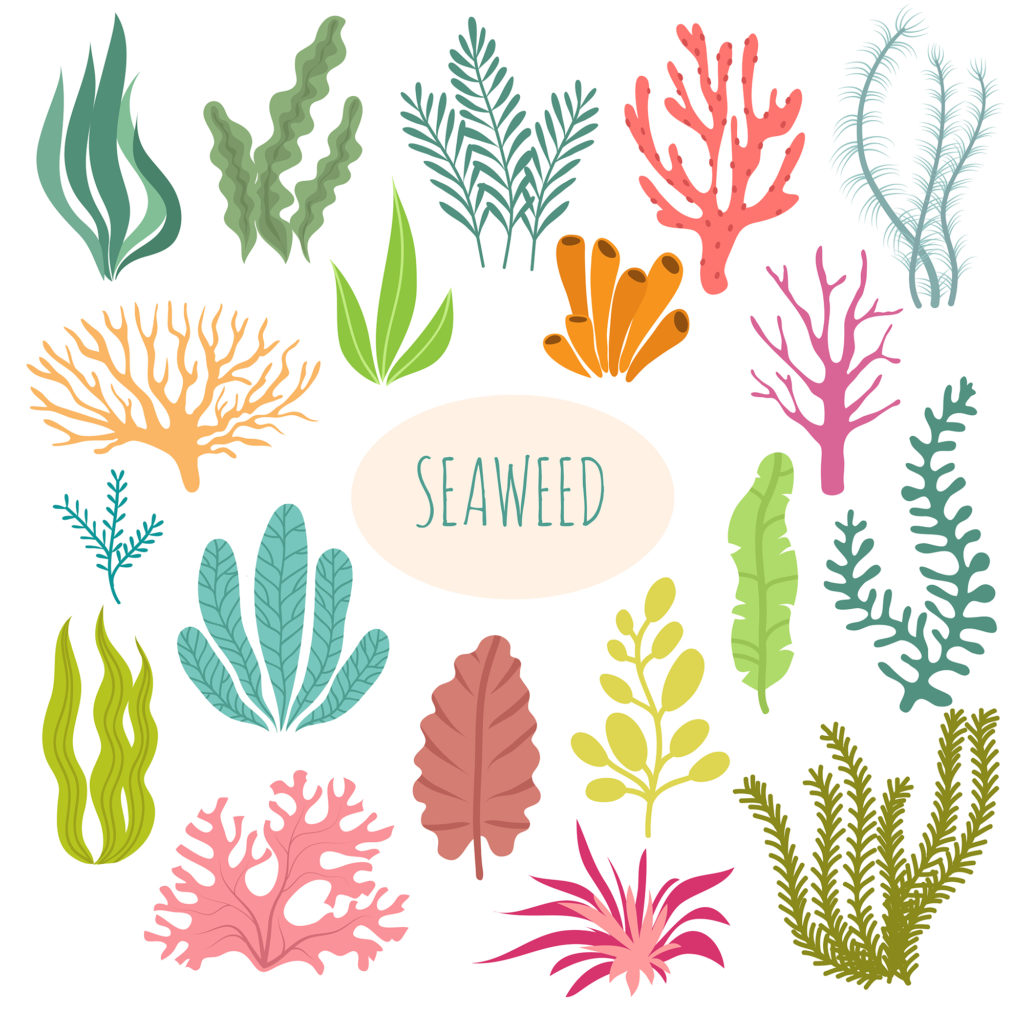
Most marine producers are tiny, but there several notable macro(large) producers including the seaweeds.
Seaweeds are not plants, they are actually large algae. You can tell by squishing fresh seaweed between your fingers: it squishes easily unlike the more structured plants.
Kelp, algae and diatoms are all classified in Domain Eukaryota and Kingdom _____.
Kelp is algae (seaweed) that grows along many coastlines and appears like an underwater forest.
These sea otters have wrapped emerging kelp around their bodies to stay in place as they sleep.
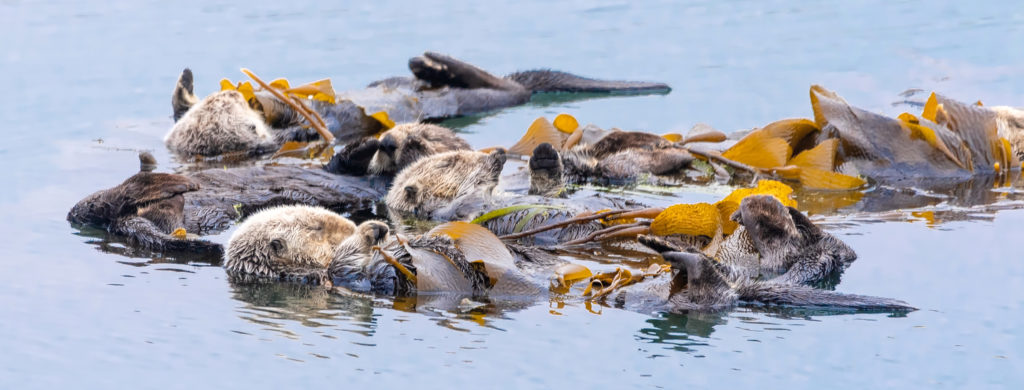
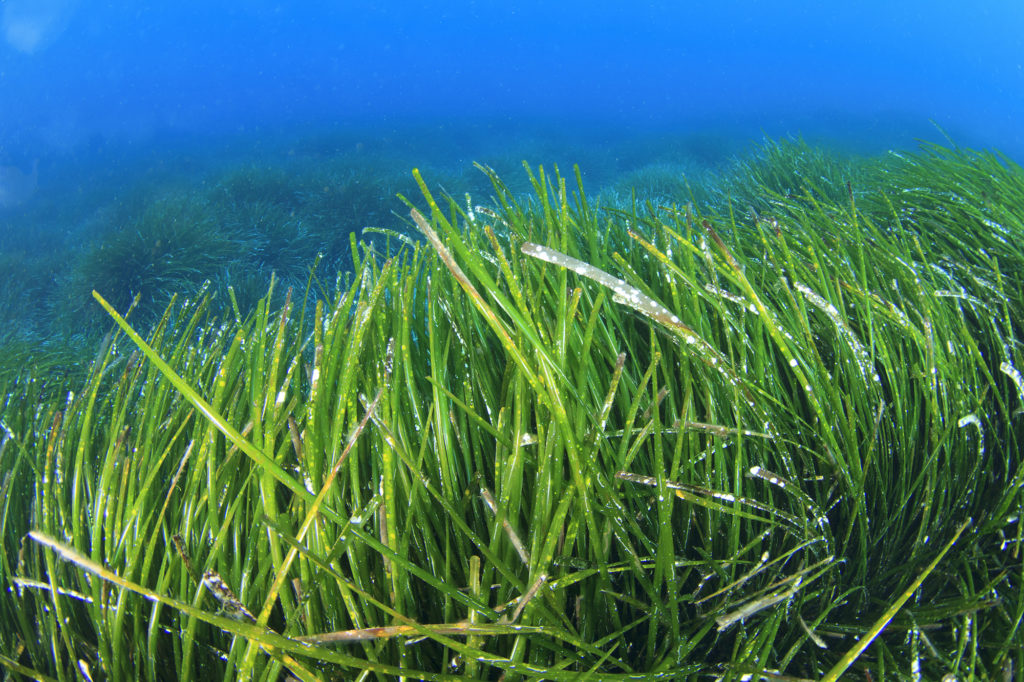
There are some marine plants like this sea grass, but sea plants are primarily found around coastlines. Marine plants are no where near as abundant as algae, diatoms, dinoflagellates, bacteria and archaea producers.
We can see macroalgae and a bit of sea grass in this beach debris sample.
Kelp and other “seaweeds” are protists, not plants. We’re going to take a minute to take a closer look at Kingdom Protista.

Most Protists are microscopic aquatic producers or consumers. The decomposer species were the relatively uncommon terrestrial slime molds.
Similar to the freshwater pond samples, there are species of algae and diatoms in marine water. Dinoflagellates in saltwater are associated with “red tides” of toxic chemicals, but some species play an important mutualistic role with coral animals.


Common freshwater consumer protists include paramecia and amoeba. In saltwater there are many consumer species, including Formanifera that look like tiny snail shells, but are not animals.
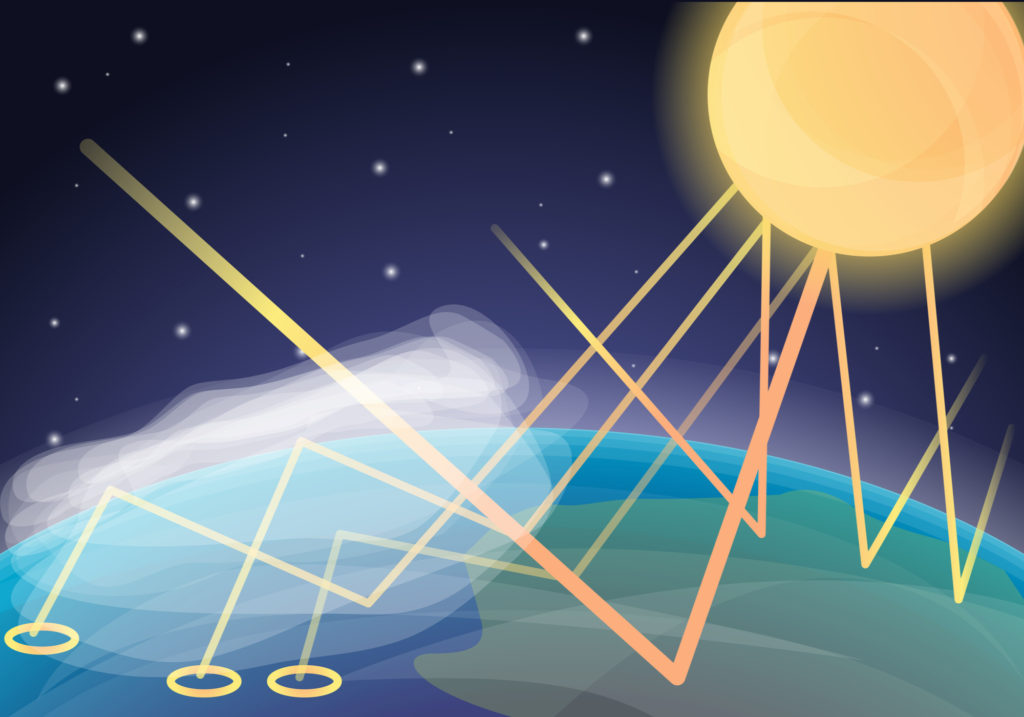
Increased carbon dioxide in the atmosphere is usually discussed in terms of impact on climate and terrestrial habitats, but it appears to have an impact on ocean systems as well.
Increased carbon dioxide in the atmosphere can warm ocean waters and within water, increased carbon dioxide can increase acidity.
Just like air temperature is increasing overall, but varies up and down in specific regions; ocean surface water temperatures are also generally increasing with variations up and down in specific locations.
Warming temperatures appear to decrease the growth rates of some of the microscopic photosynthetic organisms. If photosynthesis declines in the ocean, which gas would not be pulled out of the water (and atmosphere) at as high of a rate?

Another impact on oceans is increased carbon dioxide dissolved into the water. This can liberate hydrogen ions that react with certain organism structures, including shells.
A decade ago, ocean acidification was relatively unknown; now it is considered to be a significant threat to marine organisms.


Researchers are trying to collect enough data to predict impacts on the largely unexplored oceans, to match data collected on terrestrial and freshwater ecosystems.
Marine Mammals
When we think of “marine mammals,” the first animals that pop into the mind are whales, dolphins, and seals. Marine mammals actually include other animals that feed entirely from the ocean, including sea otters and polar bears.
This video is an introduction to marine mammals, including their ancestry, diets, and where they raise their offspring.
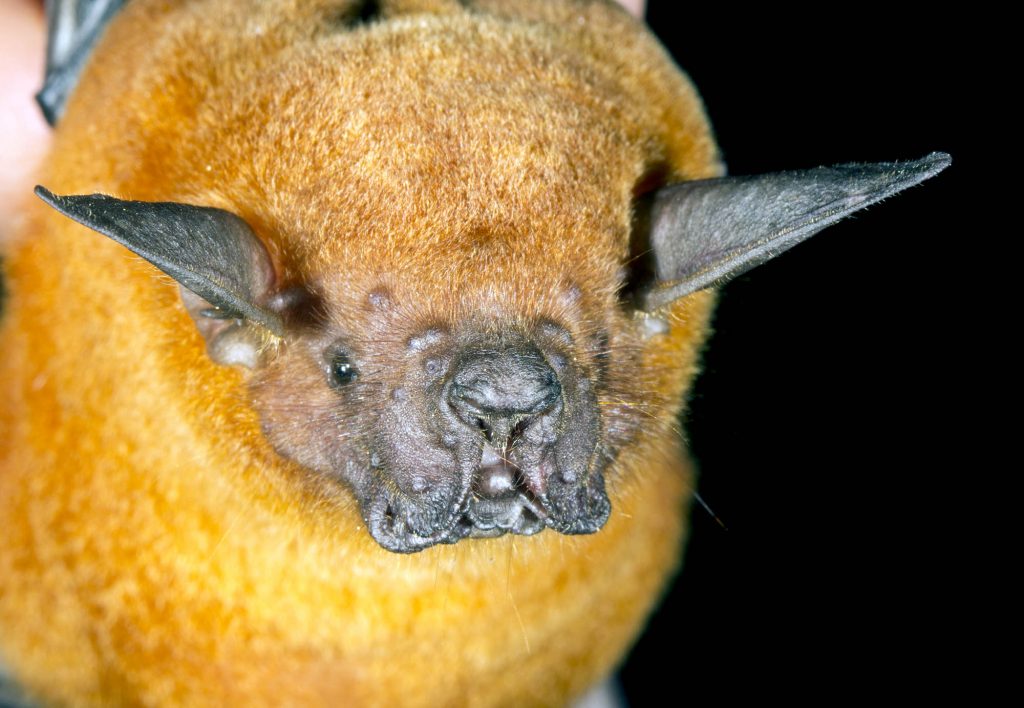
Add another marine mammal to the list: the Greater Bulldog Bat (Noctilio leporinus) of South America, also called the fishing bat, has a subspecies that dives into coastal waters and consumes marine fish. Since the definition of a marine mammal relates to a diet of oceanic foods, this bat makes the cut, like the polar bear.
The next section focuses in on marine habitats with high biodiversity: near shore coral reefs and the tidal zone.
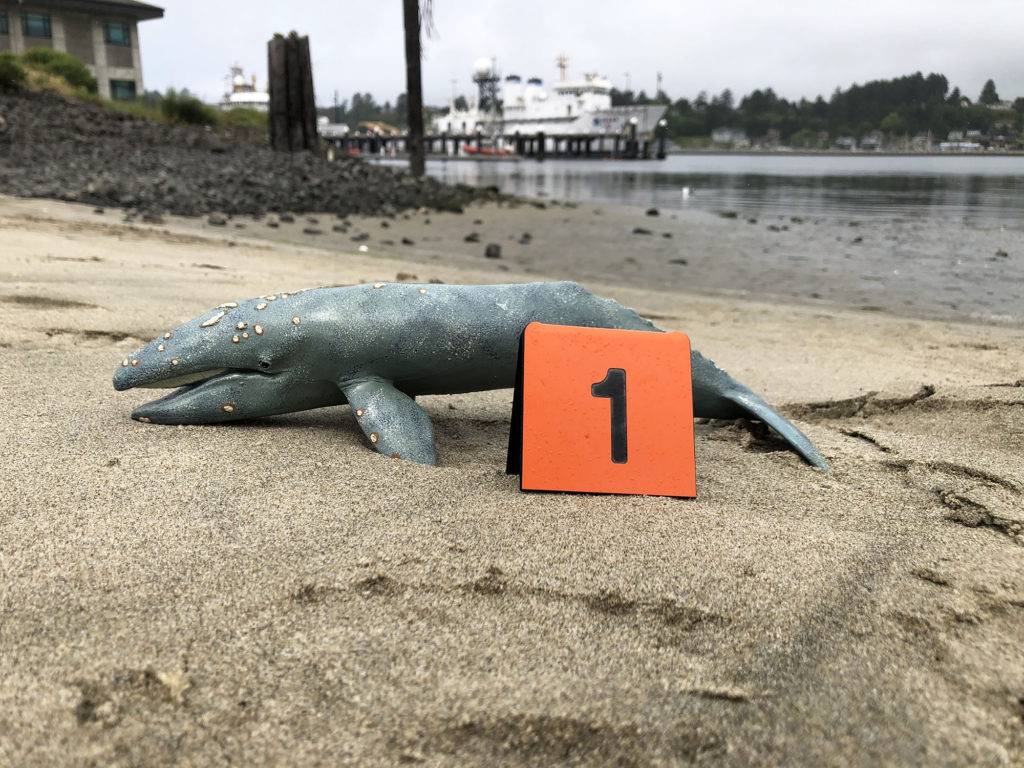
Check your knowledge. Can you:
-
list the various ocean zones and describe the relationship between currents and nutrients?
-
provide examples of marine plankton and macroscopic producers, and describe how changing ocean conditions may impact ocean organism?
-
describe the diverse species classified as marine mammals?



